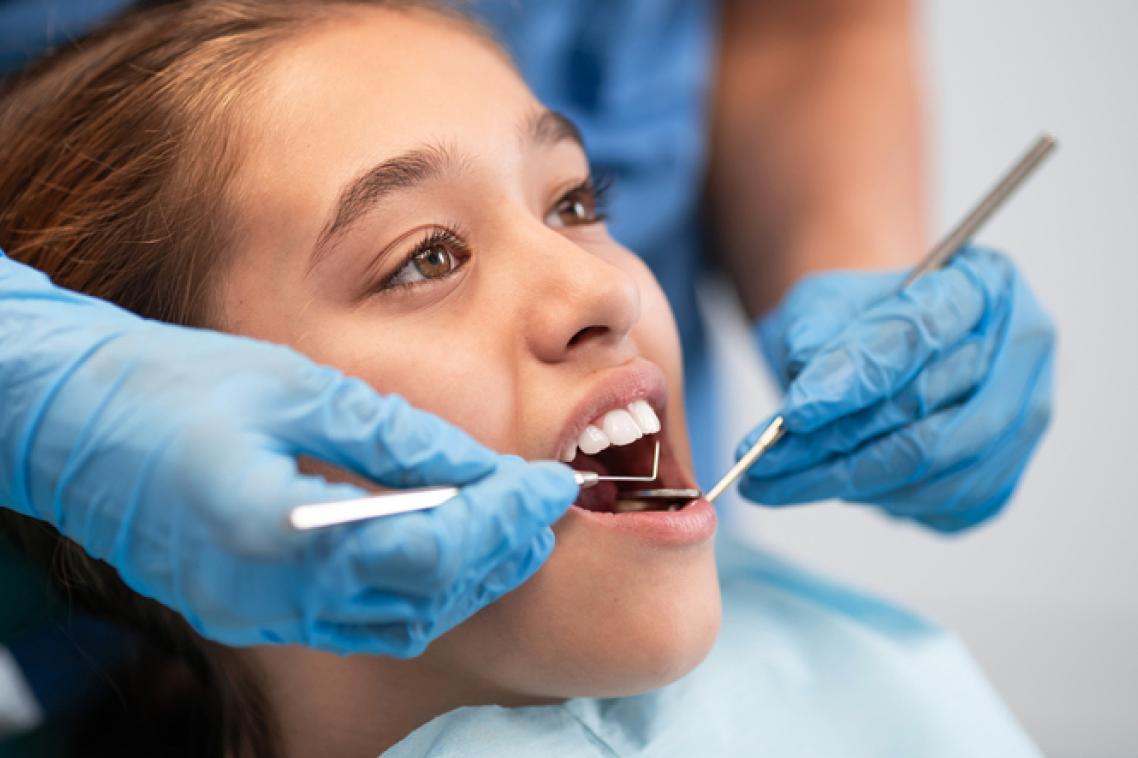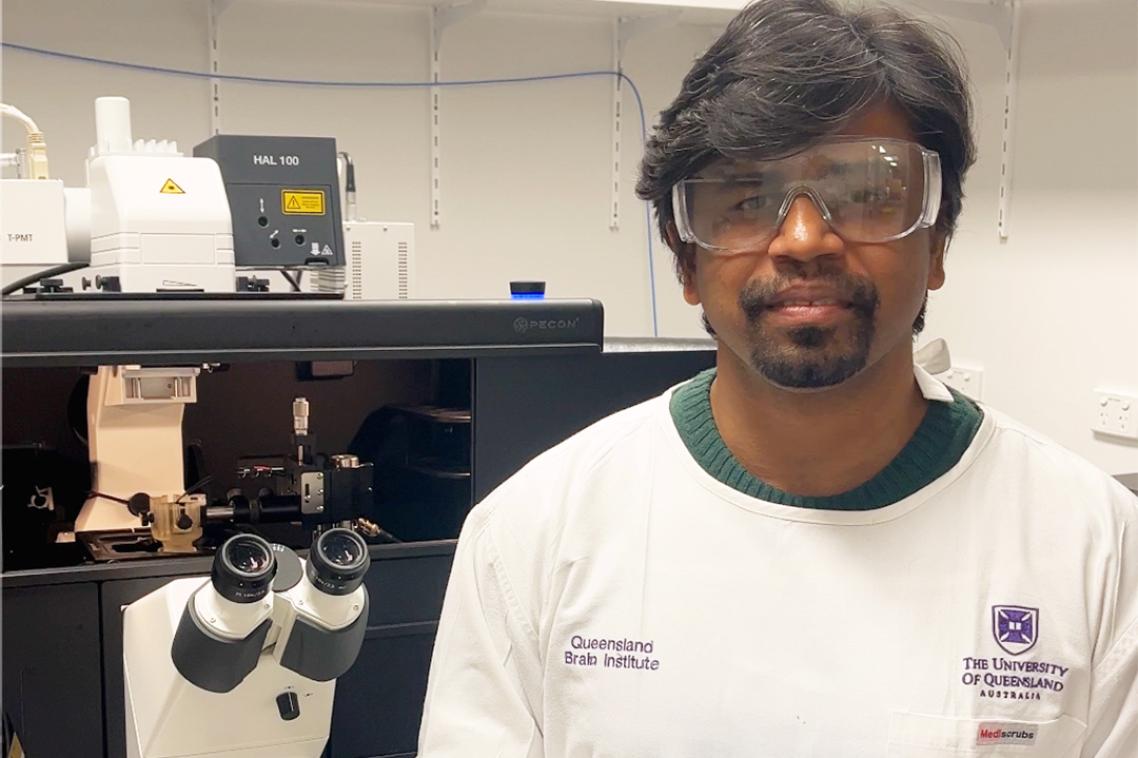Low-income families missing out on $1000 in dental benefits

Almost 70 per cent of low-income households aren’t claiming up to $1000 in child dental benefits they are eligible for, according to University of Queensland and Telethon Kids Institute research.
Professor Luke Connelly from UQ’s Centre for Business and Economics of Health said the study found mothers appeared to play an important role in the decision on whether to take up dental benefits for children.
“Those mothers with worse mental health or riskier lifestyles were much less likely to claim available dental benefits for their children,” Professor Connelly said.
“Together, maternal mental health issues and risk-taking behaviour further reduced the uptake rate of available benefits by 36 per cent.
“While we looked for similar variables from the father’s side, such as impacts from depression, smoking or drinking, they were statistically insignificant.
“We also found children who lived in owned homes were 19 per cent more likely to utilise available dental health benefits than those in rented homes.”
Under the Australian Government’s Child Dental Benefits Schedule CDBS, funding is available to cover up to $1000 worth of treatment over a two-year period for children aged 2-17, including examinations, x-rays, cleaning, fillings, root canals and extractions.
The schedule provides significantly higher levels of benefits than the $150 in annual coverage for 12 to 15 year olds offered by the Medicare Teen Dental Plan, which the CDBS replaced in 2014.
“Families receiving Family Tax Benefit A, or other relevant Australian Government payment, may be eligible for the CDBS, subject to their individual circumstances,” Professor Connelly said.
“Of those eligible for dental health benefits, only 31.4 per cent took up the offer.
“In order for these types of initiatives to have their intended effect, it is important we understand how uptake occurs and identify groups where large numbers don’t use benefits.
“Findings from the research suggest that uptake may be improved by providing reminders about eligibility, along with previous recommendations to make the eligibility letters look more like vouchers, to convey the intention of the scheme.”
The research primarily used data from the Longitudinal Study of Australian Children, which commenced in 2004 and contains comprehensive information about children’s developmental outcomes, socioeconomic and demographic backgrounds.
“The sample we used was comprised of more than 10,000 children, from the 2016 survey, when children and parents had been interviewed up to seven times,” Professor Connelly said.
The study is published in Health Economics (DOI: 10.1002/hec.4200).
Media: Professor Luke Connelly, l.connelly@uq.edu.au (0434 609 877); Kirsten O’Leary, UQ Communications, k.oleary@uq.edu.au, +61 412 307594, @UQhealth.
Topics
Related articles

New ultrasound imaging to map drug delivery into the brain

Staying physically active cuts risk of early death by 40 per cent
Media contact
UQ Communications
communications@uq.edu.au
+61 429 056 139
